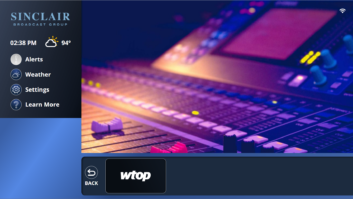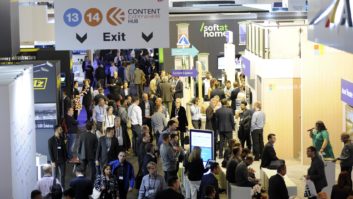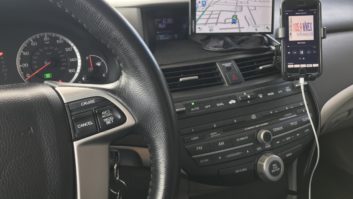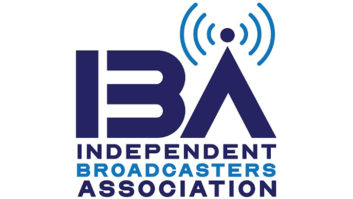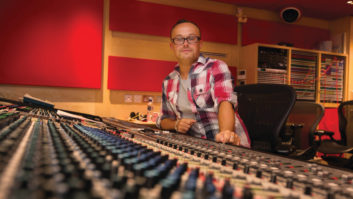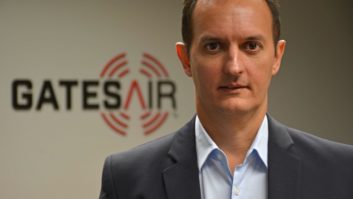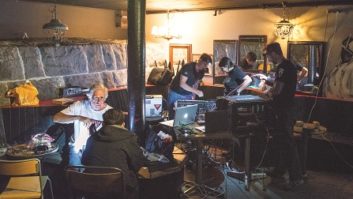The author is the head of Digital Radio Development in the BBC World Service Group and chairman of Digital Radio Mondiale.

LONDON — While media gurus are taking out their 2016 “digital crystal balls” predicting new levels of personalization to be achieved through peer-to-peer lending websites (Uber, Airbnb come to mind as do Netflix and Spotify), a little reassessment is in order.
While mobile and digital are accepted across the world, the cutting-edge technology seems ready to marry the old-fashioned. In the United Kingdom the soaring popularity of music streaming in parallel with the vinyl revival has led to a rise in music consumption. All this has been fueled by quality, exposure on radio and television, as well as serious marketing.
A mixture of new and old is thus the tendency, and familiar platforms will play an important part in the 2016 media landscape. A few years back, the Internet and mobiles were hailed as the new radios. That supposedly meant the demise of towers, antennas and receivers — all expensive to digitize, and according to many, ready to be replaced by the little mobile phone.
It’s true that the growth of the mobile has been phenomenal but listening to streamed audio on this platform is not amazing. Though we have 7.1 billion mobiles worldwide, these devices are certainly not (yet) replacing radio sets.
They are however being increasingly seen as a valuable platform for audio, serving as the back channel that radio has to integrate in order to achieve a certain level of personalization. But there are still a few factors to consider.
According to the ITU 2015, 89 percent of the world’s urban population is covered by a 3G network, while only 29 percent of the world’s global 3.4 billion (about half the global population) living in rural areas, has the same access. That means 350 million people worldwide do not reside within an area covered by a mobile network.
Internet, which was supposed to be everything to everyone all the time, is delivering to more people online than ever but growth is slowing down. Though hailed as a universal enabler, it has clearly not reached that status yet.
In Asia for example there is a striking contrast between South Korea, which is one of the most connected countries in the world, and India, one of the least connected. There is therefore need for other means of communication and this includes digital broadcasting.
Digital strengthens terrestrial broadcasting and helps it forge its place as the universal news dissemination medium, capable of reaching everyone with essential information, education, entertainment and possibly even disaster warning information.
Radio is no longer the only or primary platform in a lot of places but remains an important element in the digital mix. Going digital can ensure the medium’s survival, integrating it into the eclectic offering favored in 2016.
We also need to take a fresher, more strategic, and objective look at which standard (or combination of standards) best fits each country. It’s important to be realistic when considering timeline and cost concerns, and to encourage a new alliance between public and private broadcasters.
Decisions, which were taken some 10 years ago and are being implemented dogmatically, little step by little step, city by city, in hopes that a miracle technical invention will wipe terrestrial radio away, making way for a cost-free, instantly acceptable digital solution, is not on the cards.
The coexistence of platforms makes digital radio broadcasting economically feasible. This year we are entering the mature phase when, to quote John Kampfner of Creative Industries Federation in the U.K., “organizations truly break out of their silos.”
Free-to-access and paid services, public and private, digital terrestrial and broadband, audio, video and film, or other art forms, should be meshed together. Constant trimming and changing will be required but this mix guarantees a path forward.
Does it look or sound messy? It is — welcome to 2016.





